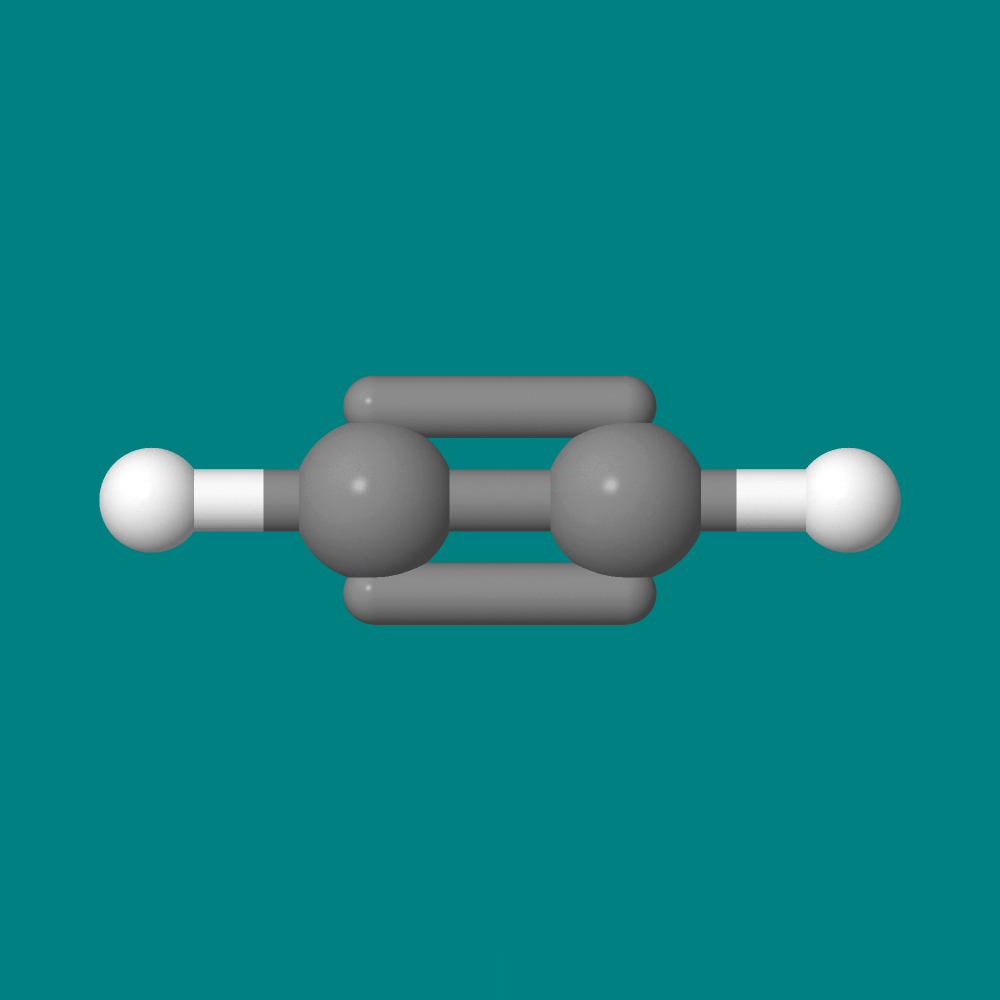
Essay Menu
Heat of Melting of Ice - Home Lab Activity #7
All actual activities in this chemistry series must be done with adult supervision!
CheMagic Virtual Molecular Model Kit

Introduction
In this experiment, we will investigate the heat involved in a phase change. When a substance changes phase, heat energy is either absorbed or lost. For example, heat is required to boil water; however, when water freezes, heat is liberated. This fact explains why farmers spray their crops with water if a frost is threatened. The heat released by the freezing water protects the crops.
All pure substances have a constant heat of vaporization and heat of melting(heat of fusion).
When heat is added to matter, two effects can be observed:
1. The temperature increases OR2. A phase change occurs.
In equation form for the first effect: Q = cmΔT, where Q is the heat, c is the specific heat, m is the mass in grams, and ΔT is the difference in Celcius (oC) temperatures.
The specific heat is unique to the substance; for water it is 1.0 calorie per gram degree Celcius (cal/goC).
The second effect involves the heat of melting, Pc; it is expressed in terms of the number of calories required to melt one gram of the substance at its melting point. In equation form: Q = Pcm, where Q is the amount of heat and m is the mass.
We will measure the heat of melting of ice using a calorimeter. It is an insulated device that allows us to measure heat flow. A calorimeter can be as simple as a Styrofoam cup.
The experiment involves placing an ice cube in warm water contained in a calorimeter and measuring the temperature as the ice melts.
The water in the cup loses heat to the ice cube causing its initial temperature to fall to the final temperature (cmΔT).
The ice cube gains heat in two ways. First, the ice melts at 0 oC (Pcm), then the liquid temperature increases from 0 oC to its final temperature (cmΔT).
To obey the law of conservation in this experiment:
Heat lost by water = Heat gained by ice
In equation form:
(cmΔT)water = Pcm + (cmΔT)ice
Or
(1.0 cal/goC) x (g of water) x (Ti – Tf) = (Pc(g of ice)) + (1.0 cal/goC x (g of ice) x (Tf – 0oC))
In the above equation, grams of ice and water are measured as well as the initial (Ti) and final (Tf) temperatures of water. The initial temperature of ice is assumed to be 0oC. Thus, Pc can be calculated.
Note on units: The standard unit of energy is a Joule (J); however, in this experiment we will use the more familiar unit, calorie (1 cal = 4.18 J). Also, temperature will be measured in Celsius (oC) degrees. If you have a Fahrenheit thermometer, C = 5/9 (F-32).
Experimental Details: Heat of Melting of Ice
You will need the following household materials: 8-12 oz Styrofoam cup (any insulated cup will also work), thermometer capable of reading to 0.5 degree, small plastic cups, tablespoon and cup measurers, and a kitchen scale (optional).
Form a 15 gram ice cube by freezing 1 tablespoon (TBS) of water in a small plastic container (1 TBS = 15 mL = 15 grams).
After the water is frozen, add ½ cup (120 mL = 120 grams) of hot tap water (about 35oC) to a Styrofoam cup. Record the temperature of the water.
Add the ice to the water in the cup and rapidly stir the mixture.
When all of the ice has melted, measure the final temperature of the water in the cup. Record temperatures in the table below. Calculate the Pc from the equation given above in cal/goC and J/goC. Repeat the experiment two more times and calculate the average.
For better results, if you have an ice dispenser and a kitchen scale that can weigh to the nearest mg, you can weigh the ice cubes and water.
Find the accepted value of Pc for water and compare to your results.
DATA TABLE| Trial 1 | Trial 2 | Trial 3 | |
|---|---|---|---|
| g ice | |||
| g water | |||
| Ti | |||
| Tf | |||
| Pc(cal/goC ) | |||
| Pc(J/goC) |
Ave Pc
Actual Pc
What assumptions and/or errors account for a low or high experimental value?
Which of the following statements is true regarding the condensation of steam to liquid water?
| Heat is absorbed. | Heat is released. | Because there is a phase change, no heat is transferred. |
The featured video is something else you can do with a Styroform cup – blow it up!
Our featured molecule is acetylene – the chemical that causes the cup to explode.
